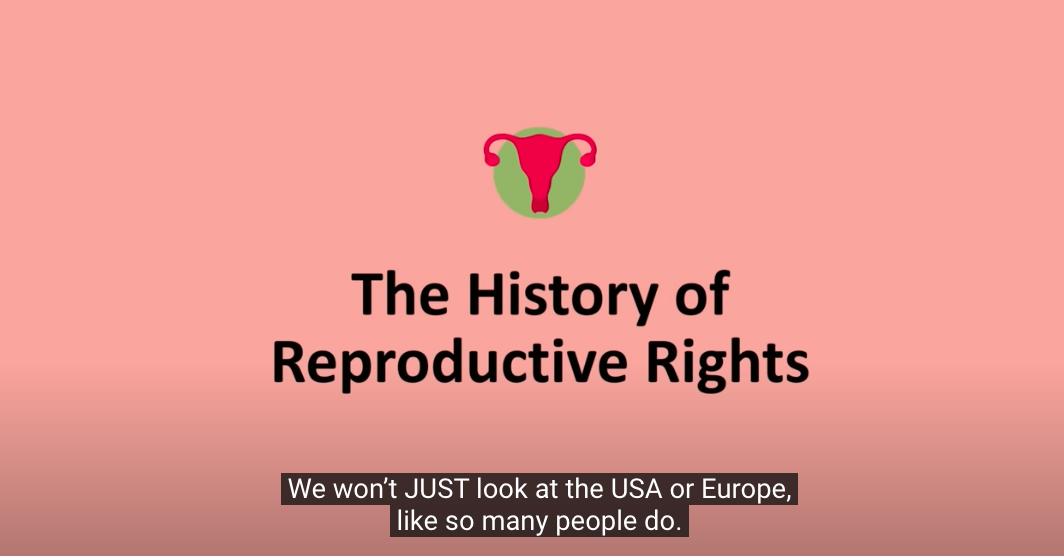As the nation moves forward, the outcomes of these legal and political battles will have lasting implications for women’s health, autonomy, and equality.
The Battle Over Women’s Reproductive Rights in the United States

The landscape of women’s reproductive rights and abortion in the United States remains a fiercely contested battleground, which is symbolic of the broader cultural, legal, and political fissures that characterize our nation’s combative discourse. In recent years, we have witnessed significant shifts, both regressive and progressive, depending on one’s perspective, regarding access to abortion and reproductive health services. These changes have sparked intense debates and legal battles, which have had profound implications for millions of American women.
The Supreme Court, Legal Challenges and a New Era in Reproductive Rights
The cornerstone of the legal debate on abortion in the United States had long been the 1973 Supreme Court decision in Roe v. Wade, which recognized a woman’s constitutional right to choose an abortion before viability. However, the landscape was radically altered following the Supreme Court’s recent decision to overturn Roe v. Wade, allowing states to set their abortion laws without adhering to a federal standard. This landmark shift has ushered in a new era of legal battles and legislative maneuvers across the states, with profound impacts already being felt on women’s access to reproductive healthcare.

State Responses: A Messy Patchwork of Legislation
In the wake of the Supreme Court’s decision, the United States has become a dramatic patchwork of contrasting state laws governing abortion. Several states had “trigger laws” in place, designed to ban or severely restrict abortion immediately or soon after a potential overturning of Roe v. Wade. Conversely, other states have moved to safeguard abortion rights, enacting protections and expanding access in anticipation of or response to the Supreme Court’s decision.
This dichotomy has led to significant disparities in access to abortion services. In states with restrictive laws, clinics have closed, fearing legal actions could soon be forthcoming. Women now face substantial barriers, including travel to other states, to access abortion care. These barriers disproportionately affect low-income women and women of color, exacerbating existing inequalities within our healthcare system.
Political and Social Dimensions
The debate over abortion rights in the United States is deeply intertwined with broader political and social issues. Abortion rights advocates argue that access to safe and legal abortion is a fundamental aspect of women’s healthcare and autonomy. They highlight the dangers of restricting abortion access, including the potential for increased maternal mortality and the resurgence of unsafe abortion practices.
On the other side of the debate, opponents of abortion, including many conservative and religious groups, view the practice as morally wrong. They advocate for restrictive laws as a means to protect what they consider the sanctity of life, beginning at conception.
Contradictions: The Right To Life vs Small Government
The current state of women’s reproductive rights and abortion in the United States is marked by uncertainty and division. Legal challenges to restrictive state laws are ongoing, and the potential for future Supreme Court rulings further complicates the landscape. Additionally, the issue remains a central point in political campaigns and legislative agendas, reflecting its deep-rooted significance in American society.
As the nation moves forward, the outcomes of these legal and political battles will have lasting implications for women’s health, autonomy, and equality. The debate over abortion rights is not only about the procedure itself but also about broader questions of gender equality, privacy, and the role of government in regulating personal decisions. As such, the struggle for reproductive rights in the United States continues, reflecting broader social justice and human rights themes.
Key Points to Remember
- The Supreme Court's recent decision to overturn Roe v. Wade, allows states to set their abortion laws.
- Women now face substantial barriers, including travel to other states, to access abortion care.
- The outcomes of these legal and political battles will have lasting implications for women's health, autonomy, and equality.
Trends and Predictions
Keep Up to Date With Us
Discover the world of our news. Post your article so that it will be featured in our magazine.
Community Poll
Please complete all questions. Mark the best answer from the choices given.






3 Comments
grushing
March 28, 2024Working to get more info is an important thing.
Jill Botany
March 28, 2024We have more to learn throughout history. But then again, we all knew that much.
grushing
March 28, 2024I personally really appreciate you examining these topics and how they have developed over time.